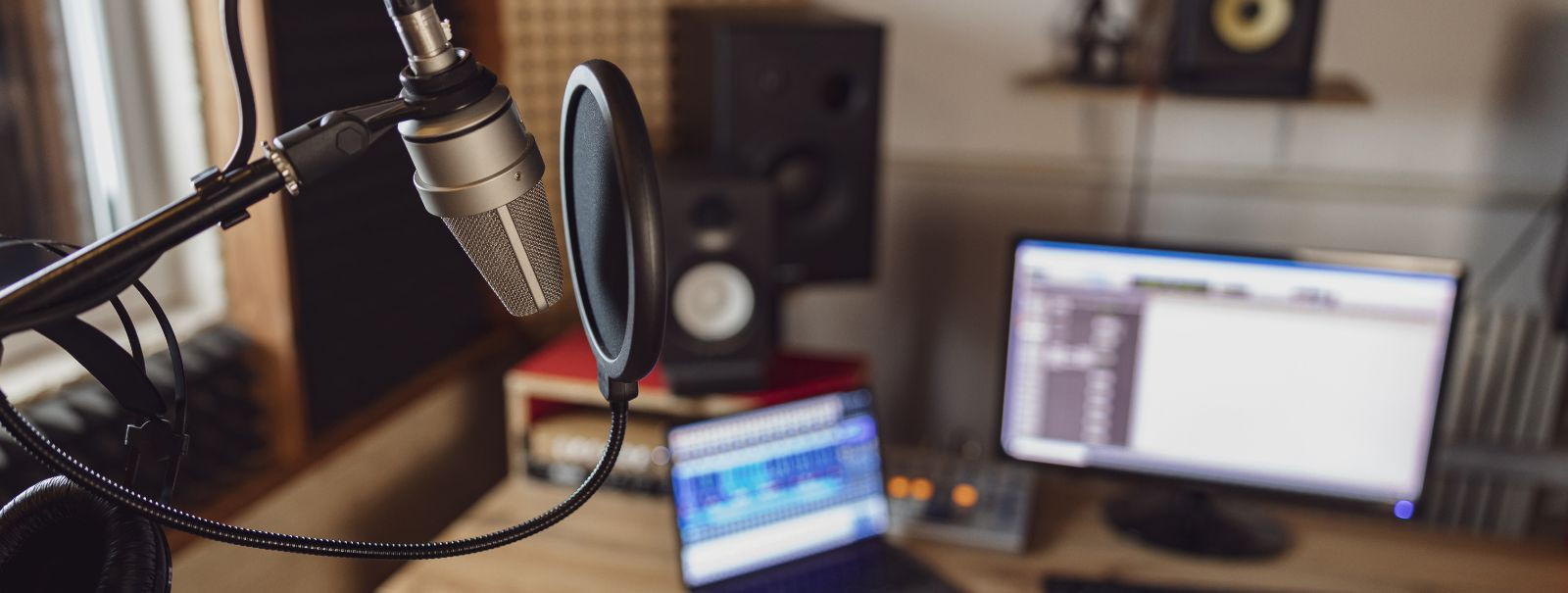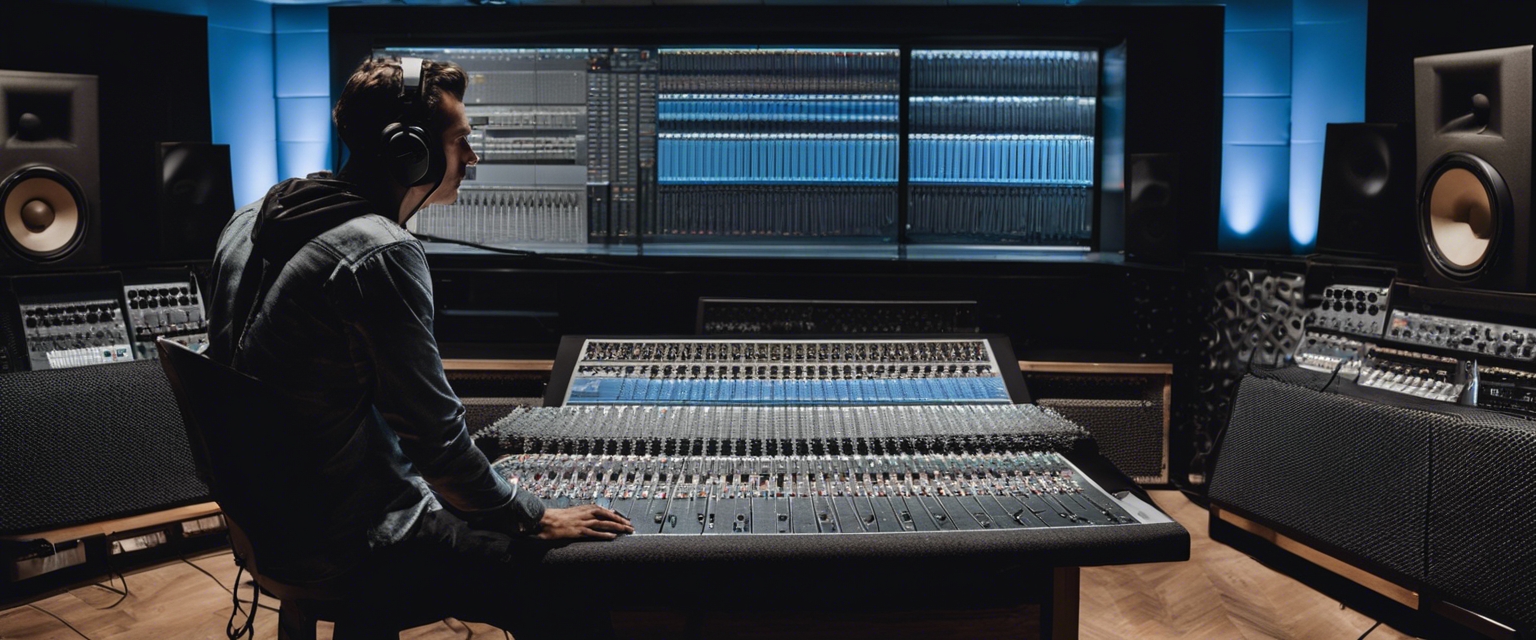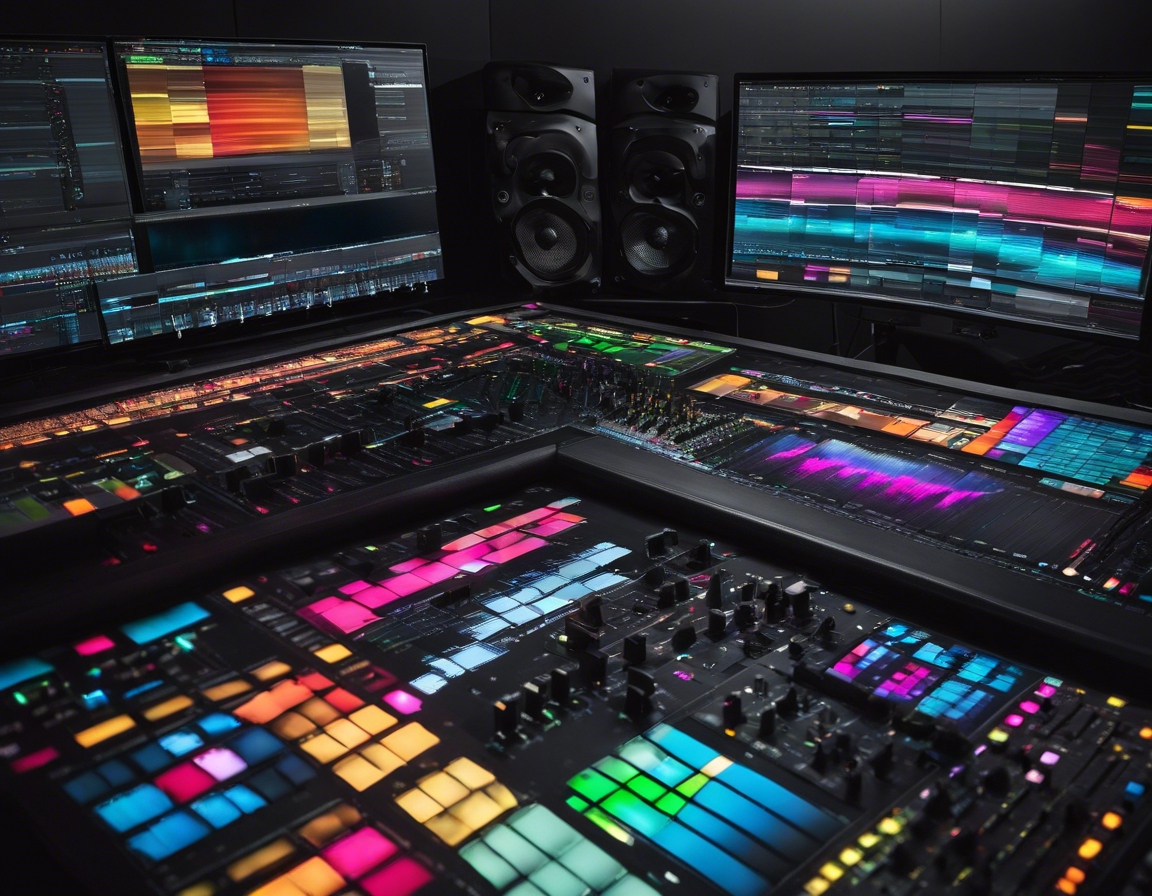5 tips for a successful remote recording session
As the world becomes increasingly digital, the music industry has adapted, allowing musicians, vocalists, and content creators to collaborate from virtually anywhere. Remote recording sessions have become a staple, offering convenience and flexibility without compromising on quality. However, to ensure a successful remote recording session, certain factors must be considered.
Remote recording sessions can save time and money, reduce travel, and connect talent from different geographical locations. They also allow for a more relaxed recording environment, as artists can record from the comfort of their own homes.
Despite the advantages, remote recording can present challenges such as latency issues, sound quality, and communication barriers. Addressing these challenges is crucial for a seamless session.
Tip #1: Ensure a Stable Internet Connection
A stable internet connection is the backbone of any remote recording session. It ensures that data is transmitted efficiently, reducing latency and buffering issues.
Use a wired connection if possible, upgrade to a higher bandwidth plan, and consider a dual-band router to minimize interference. Conducting an internet speed test before the session can help anticipate and mitigate connectivity issues.
Tip #2: High-Quality Equipment is Key
The microphone is your voice's first point of contact with the digital realm. A high-quality microphone can capture the nuances of your performance, so invest in one that suits your needs and style.
Professional headphones are essential for monitoring your sound. They should provide clear audio feedback and be comfortable for long sessions.
Tip #3: Optimize Your Recording Environment
Background noise can ruin a great take. Soundproofing your space can significantly improve recording quality. Simple adjustments like sealing gaps in doors and windows, using carpets and curtains, and setting up acoustic panels can make a big difference.
Your environment should inspire creativity. Personalize your space with items that spark your artistic energy.
Tip #4: Clear Communication with Your Engineer
Clear communication with your sound engineer or producer is vital. Discuss the project goals, file formats, and delivery methods beforehand to establish a smooth workflow.
There are various platforms designed for remote music production. Familiarize yourself with the software being used and ensure all parties have access to the necessary tools.
Tip #5: Conduct a Test Session
Before the actual recording, conduct a test session. This will help identify and resolve any technical issues, ensuring a smoother recording process.
Use the test session to finalize microphone placement, levels, and other technical aspects. This preparation will pave the way for a successful recording session.






Comments (0)